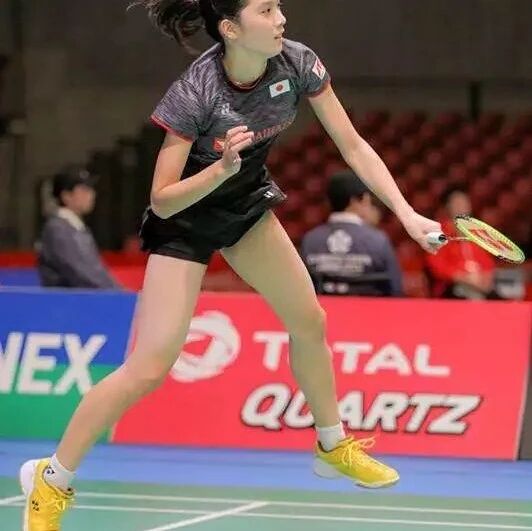Why are you afraid of opponents' smashes? Because you haven’t mastered these 4 essential tips for handling them!
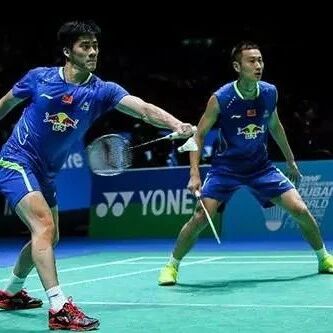

When we’re playing ball and hear that a certain opponent—let’s call him "Mr. Killer"—has an incredibly powerful smash, we often feel pretty intimidated. But why exactly do we get scared? The main reason is simply that we haven’t quite mastered the art of returning those fierce smashes ourselves. So today, I’ll show you how to become better at handling those killer shots!
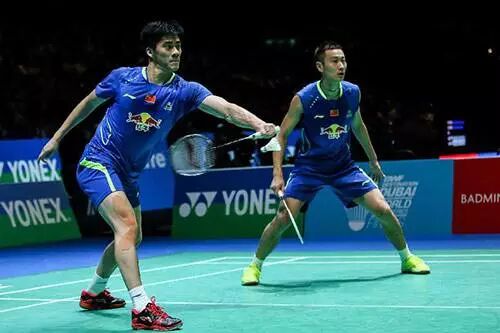
When receiving a smash, we’re usually in a passive position, and being in a passive state inevitably leads to tension—making it even easier to lose points. In fact, if handled well, receiving a smash not only helps neutralize the opponent’s attack but can also create opportunities to turn a disadvantage into an advantage.


The technique for receiving a smash can be divided into four methods: blocking short net shots, hooking cross-court angled net shots, lifting high backcourt shots, and executing flat, quick smashes. Among these, the first two techniques are commonly used in singles play, effectively controlling your opponent by forcing them into awkward movements during rallies. The latter two techniques, on the other hand, are typically employed in doubles to neutralize the opponent’s attack strategy, allowing you to turn what initially seemed like a defensive situation into an offensive opportunity.
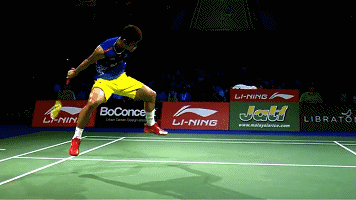
Technically, there’s a distinction between forehand and backhand net shots, while in terms of ball trajectory, players can opt for either straight or angled shots.
I won’t go into the detailed basic movements for the four types of kill-shot techniques—simply put, they’re hard to fully convey through words alone. Instead, let me briefly outline the general motions: When receiving a kill shot, face the direction of the incoming ball. Keep your feet slightly wider than shoulder-width apart. Bend your knees into a half-squat position, lowering your center of gravity. As you prepare, raise your racket (but avoid pointing the head toward the ground—or, for that matter, holding it vertically toward the ceiling)—instead, position it in front of your chest at about chest height. Don’t lift the racket too high; ideally, your dominant hand should be around abdominal level.
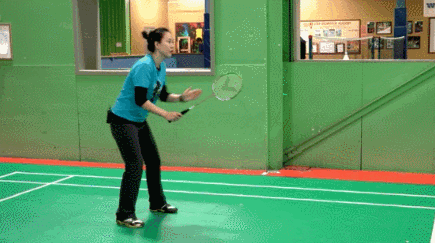


When receiving a smash, stay relaxed and don’t let fear creep in. The heavier the smash, the greater the rebound force—so simply relax, watch the trajectory of the incoming shuttlecock, properly angle your racket face, and gently use your wrist to guide the shot.
Try to intercept the incoming ball as close to the front of your body as possible. When receiving the ball, keep it slightly farther away from your body to create more space for your hand movements. That’s why, during your preparatory stance, you should raise your camera—or whatever you’re holding—to chest level. If your opponent executes a powerful, fast-moving "chop" shot aimed at you, you’ll need to quickly shift your body out of the way, giving yourself enough time to react and execute your next move.
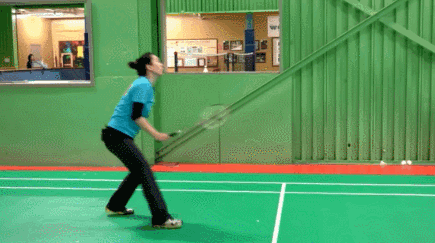
The smash is incredibly powerful—but what makes it truly fearsome isn’t just the sheer force behind it, but its blistering speed. That’s why reaction time is absolutely critical. If your movements are too exaggerated, especially with big arm swings, you might simply not have enough time to reach the ball, drastically increasing your chances of making a mistake. So, when receiving a smash, keep your motions as minimal as possible. For forehand smashes, power should primarily come from your forearm and wrist, while for backhand smashes, the key lies in your wrist and fingers.
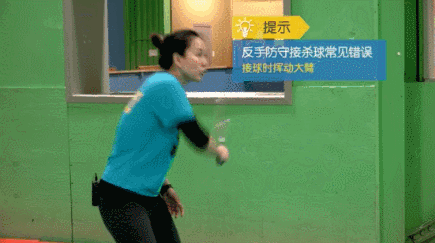
Generally, the racket face is opened at a 45-degree angle to the ground. However, you should adjust the racket angle based on the situation: if the opponent’s smash has a deep, steep trajectory (meaning the shot lands far and low, often when they’ve reached the highest hitting point), tilt the racket face upward more sharply when returning the shot. On the other hand, if the opponent’s smash follows a longer, floating arc (a shallower, more drawn-out trajectory), keep the racket face tilted upward at a relatively shallower angle when blocking the shot.


Purpose:Practice the flexible and quick switching between forehand and backhand shots to improve the stability of your returns.
Instructions:For beginners, start by practicing drop shots separately—either with your forehand or backhand—and once you’ve mastered them, move on to alternating between the two. Intermediate and advanced players can skip straight to alternating between forehand and backhand techniques.
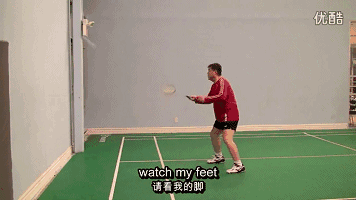
Points to note:The return shot should be kept within a controlled range—avoid letting the ball fly erratically. The goal is to improve the stability of your returns.
Purpose:Combining footwork with practical ball trajectory drills
Instructions:One person is responsible for hitting the smash, while the other handles receiving it. Combined with precise footwork, they practice various shot patterns—such as straight smashes, cross-court smashes, and more. Meanwhile, the receiver can also alternate between blocking the net shot, gently hooking a cross-court return, and lifting the ball to the backcourt for targeted practice.
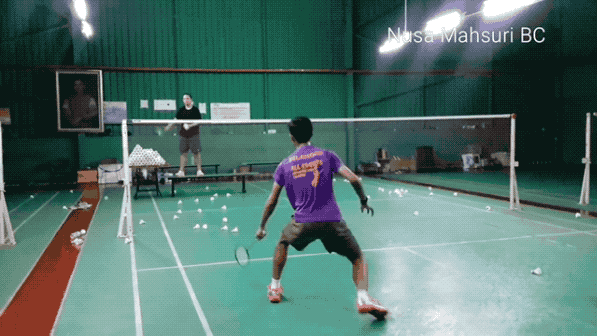
Points to note:First, practice hitting specific ball trajectories individually, then move on to mixed, random-trajectory practice.
Alright, that’s it for today’s sharing on catching techniques—now it’s time for you to save this and practice regularly! Finally, let’s do a quick review:Stay relaxed—hold the baton in front of you, and keep your movements smooth and gentle.
More article recommendations:
How can an amateur player truly become a master? Hard practice is all it takes to work wonders!
Zhao Jianhua, Yang Yang, and Li Mao have prepared over 100 lessons for everyone, covering techniques like badminton net shots, backhand cross-court hooks, and smashes. Click "Read the Original Article in the Bottom Left Corner." If you're looking to improve your badminton skills, don't miss this—this is a must-see!

Related Articles
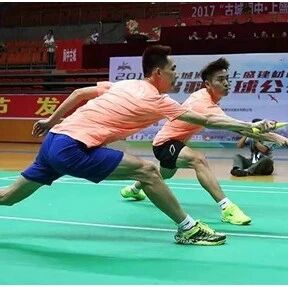
If you master this technique, you'll never feel flustered again when facing a smash.
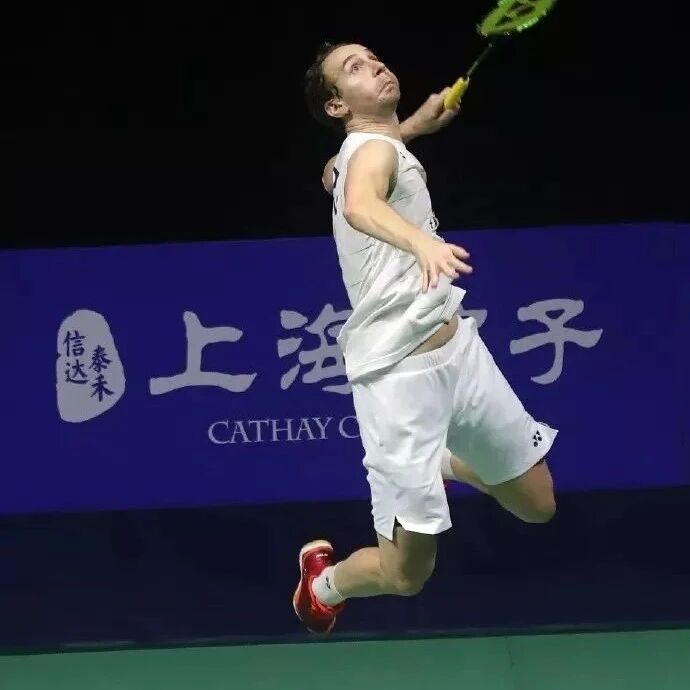
Learn to smash from scratch—say goodbye to the frustration of jumping but still missing the shuttlecock!
